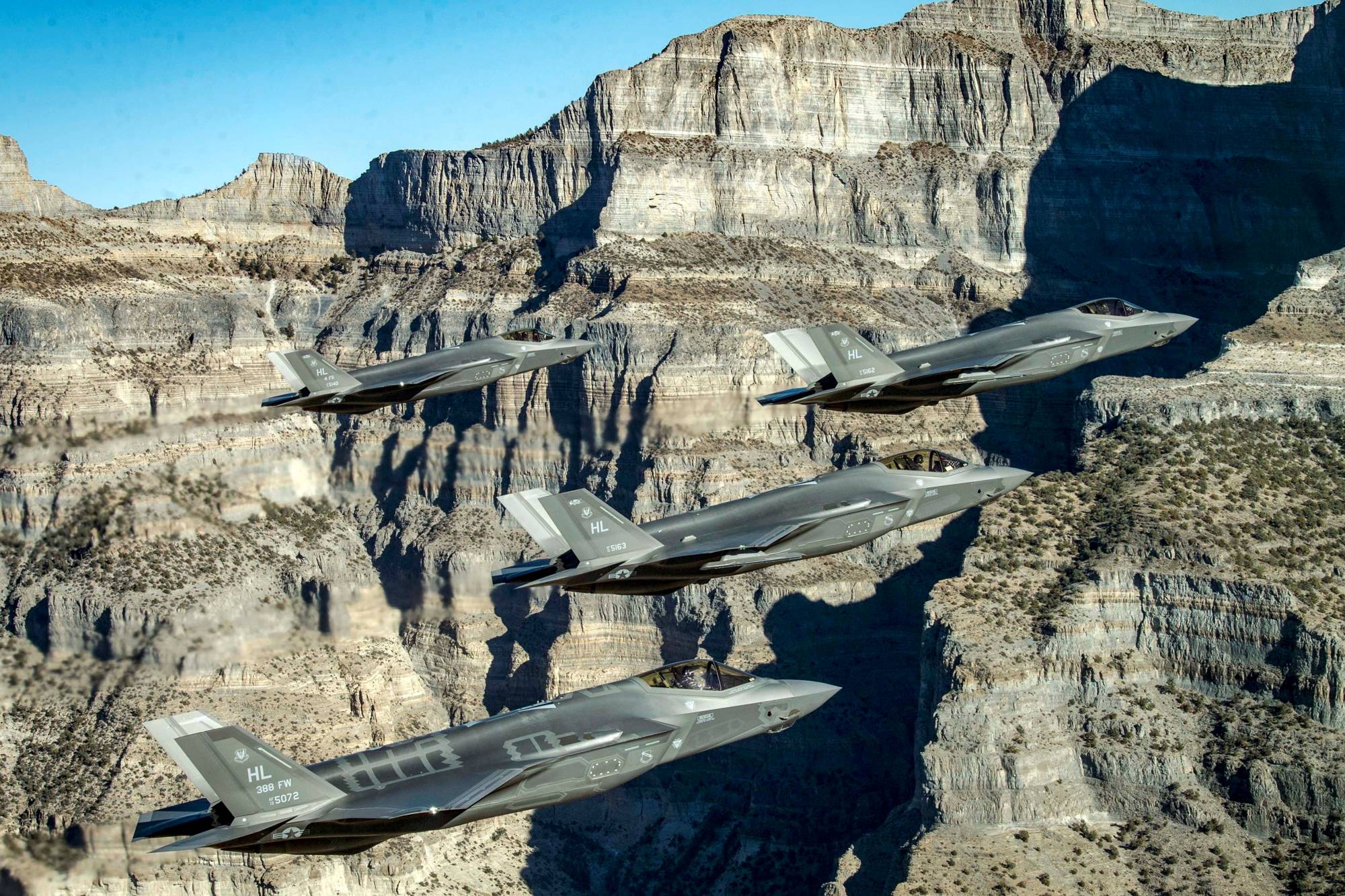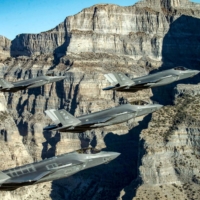Pentagon officials still haven’t set a date for Lockheed Martin Corp.’s F-35, the costliest U.S. weapons system, to complete the final 42% of mission testing to determine whether it’s up to countering the top Russian and Chinese air defenses and fighters.
The F-35 was supposed to fly one month of testing in a highly advanced simulator last December, the latest delay since the original goal of 2017. But that was postponed yet again by unresolved technical problems in the "Joint Simulation Environment” test facility, compounded by the COVID-19 pandemic. Then, the Pentagon’s office of operational testing estimated in January that the exercise would commence midyear or by this December.
Defense Department acquisition, legal and testing officials didn’t arrive at a new date when they met last month to review progress of software and verification procedures needed to validate that the simulation of 64 sorties will replicate real-world encounters.
The simulation "will be executed after the JSE capabilities are sufficiently validated, verified, and accredited to conduct the mission trials,” Pentagon acquisition spokesperson Jessica Maxwell said in a statement. Asked when the Defense Department’s F-35 program office will set a new schedule, Laura Seal, a spokeswoman, said "we will provide updates when we have them.”
The Pentagon’s test office reiterated in a statement its long-standing view that the simulation is necessary as part of legally required testing before Bethesda, Maryland-based Lockheed can proceed with full-rate production. Of a potential fleet of 3,000 or more F-35s for the U.S. and international customers, 720 already have been delivered. Those may need to be retrofitted based on findings from the tests.
Test teams have completed 89 F-35 in-flight missions, according to the testing office, and the 64 remaining sorties in the simulator will complete the missions required in the congressional mandated trials.




